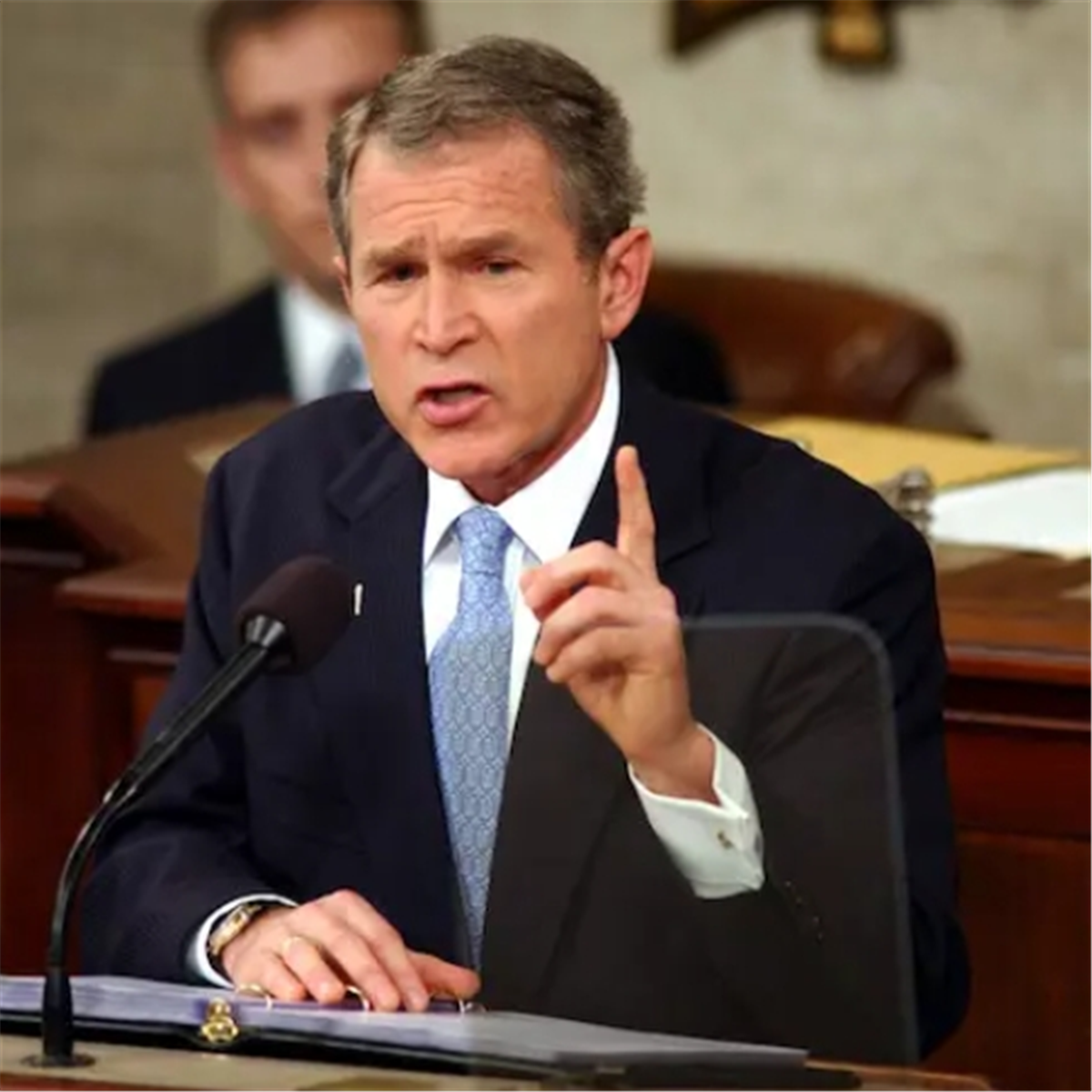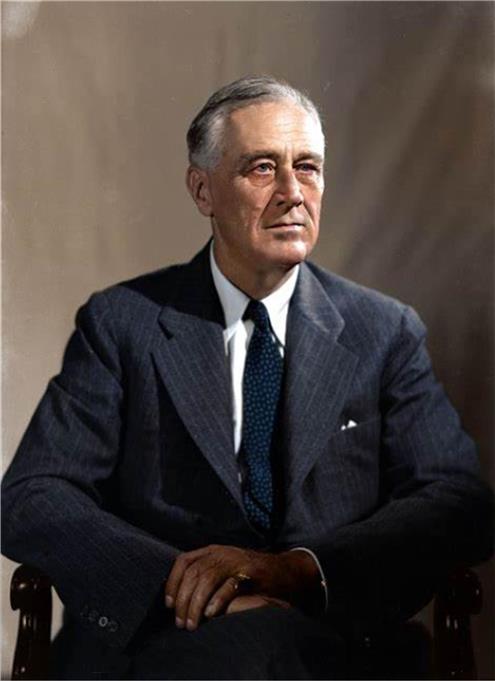George W. Bush describes Iraq, Iran and North Korea as "axis of evil"

On January 29, 2002, one year and one month after the September 11 attack, President George W. Bush declared in his first State of the Union Address that Iraq, Iran and North Korea were part of an “axis of evil.”
Still in the comparatively early days of his administration, and months into what would ultimately become the longest war in American history, Bush singled out three specific countries as the main bases of operation for a worldwide network of terrorists and other enemies. It was this speech that outlined the main justifications for President Bush’s “War on Terror,” which would define U.S. foreign policy for the next 20 years.
The speechwriter for Bush, David Frum, is credited with coining the phrase “axis of evil,” meant to evoke the Axis Powers that the United States and its allies fought during World War II. In its attempt to make a compelling case for a large-scale war, the Bush administration argued that the three so-called “terror states” were a major threat to American security and were in the process, individually, of developing weapons of mass destruction and of funding international terrorist organizations, like al Qaeda.
Bush’s father, George H.W. Bush, the 41st president of the United States, invaded Iraq in 1990 after Iraqi president Saddam Hussein launched an invasion of the neighboring country of Kuwait. But that senior Bush decided that deposing Saddam Hussein was a task best left for another day and did not pursue total victory against the Iraqi leader.
After the September 11 attacks, George W. Bush’s administration waited barely a month before invading Afghanistan and forcing the ouster of the Taliban regime there. It was not long before President Bush turned his attention toward “regime change” in Iraq. Although there were no specific, demonstrable links between Iraq, Iran and North Korea—as far as most experts could tell—(indeed, Iraq and Iran were often considered geopolitical enemies in the region) the concept of an “axis of evil” led by leaders like Iraq’s Saddam Hussein and Iran’s Ayatollah Khamenei and “united” by its desire to harm Americans proved useful for those hoping to make the case for a second, American invasion of Iraq.
 Famous Persons
Famous Persons English
English
 Jerry
Jerry Facebook
Facebook Twitter
Twitter Pinterest
Pinterest Linkin
Linkin Email
Email Copy Link
Copy Link









